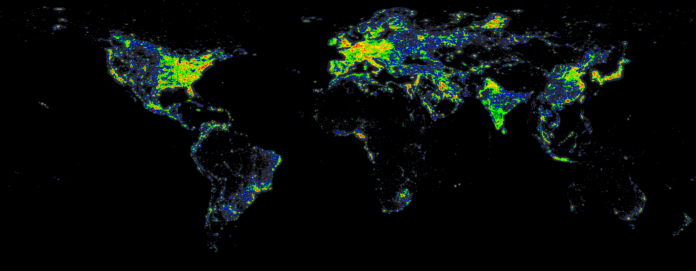A recent CNN article suggests that the switch to LED lights at night may save energy, but could have some ill effects on the world as we know it. The article goes on to say light pollution poses a threat to 30% of vertebrates and more than 60% of invertebrates that are nocturnal, including plants, microorganisms and, most alarmingly, human health.
Last year, the American Medical Association issued an official policy statement about LED street lighting, recommending a radiance and color temperature level less harmful to health. However in August, a Harvard study found an increased risk of breast cancer in women living in neighborhoods with higher outdoor lighting. This was linked to increased brightness at nighttime, as the body expects light during daytime and darkness at night.
More studies have also discussed the negative affects of light pollution. ScienceAdvances.com published a study last year saying that 83% of the world’s population and more than 99% of the US and European populations were affected by light pollution and could not see the stars at night.
That is my selfish concern is not being able to see the stars at night, there isn’t a thing I enjoy more than a starlit sky! I feel bad for the time and energy spent putting LED bulbs all over the place, but unfortunately it may just be making things worse in the long run. If things get worse I’m all for going back to flashlights to continue to be able to see the stars in the sky!




